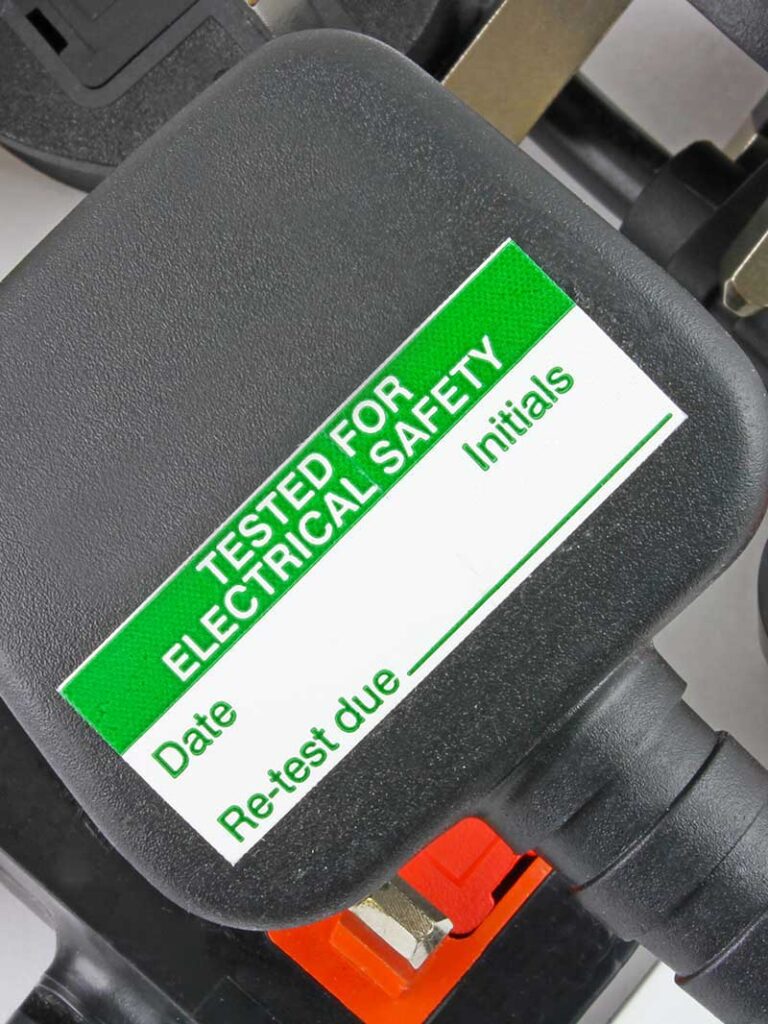EICR Billericay Landlords Electrical Inspections & Certificates
Call – 01277 801560
EICR Billericay: Landlord’s Electrical Inspections and Certificates. Inspections are carried out by NICEIC-registered domestic installers to check that properties are safe for tenants. Certificates are issued once the inspection is complete.

Would highly recommend.
Quick response and good workmanship
Thanks
Special thanks, also, to Steve's earnest contribution: not only for his positive and courteous attitude but also the due diligence and care consistently applied in terms of cleaning up after each stage in the whole process. Much admired and greatly appreciated.
Overall, I am very pleased with the entire experience and, as such, would happily recommend TM Hughes and Son to others.
EICRs For Landlords
EICR Landlords Electrical Inspections for landlords in Billericay and the surrounding areas.
TM Hughes & Son Electrical Services Ltd are a team of experienced electricians with NICEIC domestic installer accreditation.
CP12 Gas certificates are also available.
Call – 01277 801560
Landlords are responsible for the safety of their tenants. The let property, the electrical system and electrical appliances must be safe for use. Inspections accompanied by an Electrical Installation Condition Report (EICR) ensure your property’s electrical system meets the safety and legal criteria.
EICR is a legal requirement every time a new tenancy starts or every 5 years (whichever event falls first)
Inspection reveals the condition of the electrical system and whether any urgent or minor repairs/upgrades are required. Once the system has passed, an EICR certificate is signed and issued by the qualified electrician undertaking the inspection.
The EICR certificate proves you are renting your property legally and shows tenants and insurers your property is safe and suitable for letting.
- Only qualified Electricians can undertake Electrical Installation Condition Reports (EICR)
- EICRs are required every five years or at the start of each new tenancy
- Prospective tenants and letting agents will ask for an EICR
Not Only For Landlords & Renters
EICRs are an option for
- Homeowners
- Sellers
- Buyers
Homeowners are responsible for the condition and safety of their property and electrical system. It’s recommended homeowners have an EICR every ten years to verify their electrical system is ok and doesn’t present any danger.
Home sellers have EICRs so they can show prospective buyers the electrical system’s ok.
Homebuyers have EICRs to verify the condition of the electrical system.
EICR Procedure
The electrical inspection involves an Electrician visually inspecting and testing the electrical system of your property. Inspecting and testing reveal any damage, deterioration, or faults that have developed and may be potentially hazardous.
The EICR makes sure the electrical system adheres to the British Standard for Electrical Safety (BS 7671), which is “requirements for electrical installations.
Every circuit is tested throughout the procedure. This includes
- Consumer unit
- RCD Fuses
- Internal wiring
- Light fittings
- Plugs
- Earthing And Bonding
If any part of the system does not meet the required standard, codes are written in a report to clarify the faults.
- Code C1: The system is hazardous and requires immediate attention; users of the system are at risk.
- Code C2: There’s a deficiency. The system isn’t currently dangerous, but it could become hazardous if a fault were to occur in the electrical system or a connected appliance.
- Code C3: There’s a deficiency, but it’s not considered to be dangerous. Work’s recommended to enhance the safety of the installation, but it’s not essential, and you’re under no obligation to have the work carried out.
If any of the above faults are found, the electrician will give you a price to correct the defects. If the parts are available, we may be able to carry out repairs during the inspection. Otherwise, we’ll arrange a later date to return and undertake repairs.
Once the repairs are finished and the electrical system has been tested and passed, the certification is written and issued.
EICR inspections are swift for smaller properties, but will take longer on larger properties (up to 4 hours)
Optional Testing Procedures
VIR (Visual Testing & Inspection)
Landlords have the option of Visual Testing & Inspection (VIR) in the period between compulsory EICRs. VIRs are quick. An electrician will visually inspect the electrical system for any signs of wear or damage.
VIRs give landlords additional peace of mind the electrical system is safe.
Electricians Will Inspect
- Consumer Unit (main fuse board) Sockets
- Plugs
- Light fittings
- Light switches
- Electrical cables or leads
- Earthing and bonding
- Extension leads
- Kitchen
- Bathroom
- Signs of wear and tear
- Visible signs of burning
A report with a recommendation is written after the inspection; the landlord can then make any recommended repairs/alterations.

Hi, I’m Terry, the founder and owner of TM Hughes & Son Electrical Services
Please get in touch to book an appointment or receive a free, no-obligation quote
Call: 01277 801560



